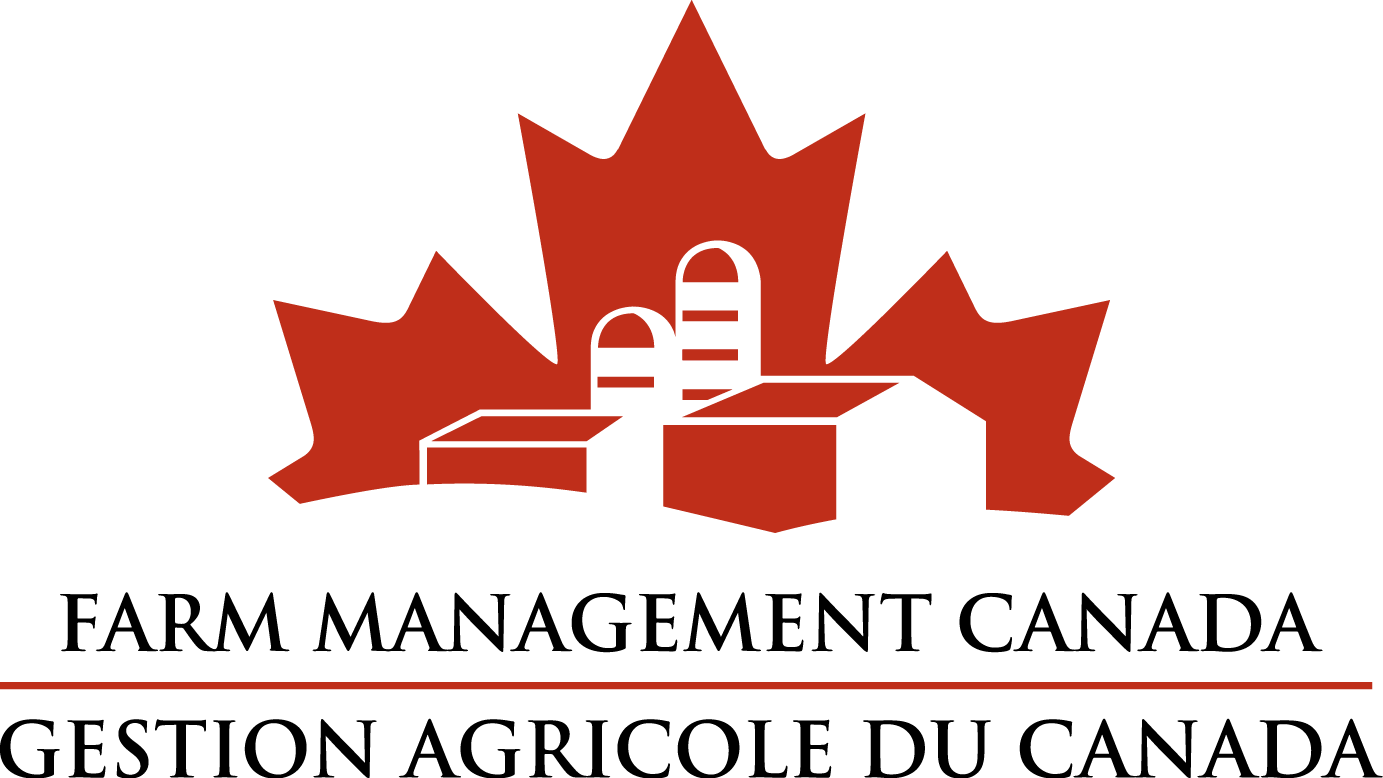Regina, Saskatchewan, July 24, 2013 – Managing price risk in a volatile market begins with understanding the factors that influence commodity prices, according to J.P. Gervais, Farm Credit Canada’s (FCC) Chief Agricultural Economist.
“Producers receive a wide range of price forecasts for a variety of commodities, so it can feel like a guessing game on when to sell to get the highest possible price,” Gervais says. “Producers can make better decisions by developing a deeper understanding of the factors that influence commodity prices and by having a risk management plan.”
Gervais says that ultimately prices come down to the supply-demand balance, which is generally measured by the stock to use ratio.
Three main factors influence commodity price forecasts:
- Weather: adverse or favourable weather can significantly impact commodity supplies and prices. Last year’s drought in the United States drove up corn and soybean prices; while this year’s delayed seeding across the Canadian prairies could ultimately impact yields and commodity prices.
- Supply response: describes how producers react to commodity prices by altering the amount of land they seed. This reaction to prices by producers in North America and the rest of the world could have a major impact on future commodity prices.
- Demand: world economic growth can have a lasting impact on meat demand, resulting in a significant change in the demand for feedgrains, while short-term impacts can be caused by food safety concerns or expansion of alternative uses for certain commodities.
Gervais says commodity price forecasts can differ significantly due to a variety of assumptions and methodologies used by individual forecasters. Some forecasters use producer surveys to analyze planting intentions and expected yields, while others rely on satellite imagery to estimate yields, or a combination of both.
Based on the United States Department of Agriculture World Agricultural Supply and Demand Estimates, the average corn price in the next marketing year will be US$4.80 a bushel. Soybean prices are expected to average US$10.75 a bushel while wheat is projected to be around US$6.45 to US$7.75 a bushel. These estimates are consistent with many private-sector forecasts which suggest prices for most crops should be below last year’s prices, but will remain above the 10-year average.
Volatility in market prices coupled with production risks can place strain on the farm business, but developing a risk management plan can help, says Victor Aideyan, president of Hisgrain Commodities, who regularly offers commodity marketing advice through FCC Learning events.
Aideyan says the first step in developing a risk management plan is to determine a specific and measurable objective, whether it’s to lock in at a certain price, maximize revenue and minimize cost, or protect against disaster at a certain price level.
Farm business owners also need to develop a specific marketing strategy, identify a person responsible for executing that strategy and those who will be part of the support team, such as brokers, lenders and business consultants. The plan also needs to be reviewed on a regular basis to ensure it is meeting the objectives.
“Going through the process of developing a risk management plan will give producers a living document that outlines the purpose and logic of the market decisions made on the farm,” Aideyan says. “This is extremely important given that trading can be intensely psychological and volatile.”
FCC offers free learning events throughout the fall and winter, including the following seminars on commodity marketing planned for later this year.
| Fundamentals of Commodity Marketing
Dec. 10 – Wadena, Sask. Jan. 10 – Lethbridge, Ata. Jan. 14 – Listowel, Ont. |
How to Master Commodity Marketing
Nov. 27 – Carman, Man. Dec. 12 – Saskatoon, Sask. Jan. 15 – Chatham, Ont. |
For more information on upcoming events, visit the FCC Learning Centre at www.fcc.ca/learning.
As Canada’s leading agriculture lender, FCC is advancing the business of agriculture. With a healthy portfolio of more than $25 billion and 20 consecutive years of portfolio growth, FCC is strong and stable – committed to serving the industry through all cycles and to being socially and environmentally responsible. FCC provides financing, insurance, software, learning programs and other business services to producers, agribusinesses and agri-food operations. Employees are passionate about agriculture and committed to the success of customers and the industry. For more information, visit www.fcc.ca. Follow Farm Credit Canada on Facebook, and on Twitter @FCCagriculture.
